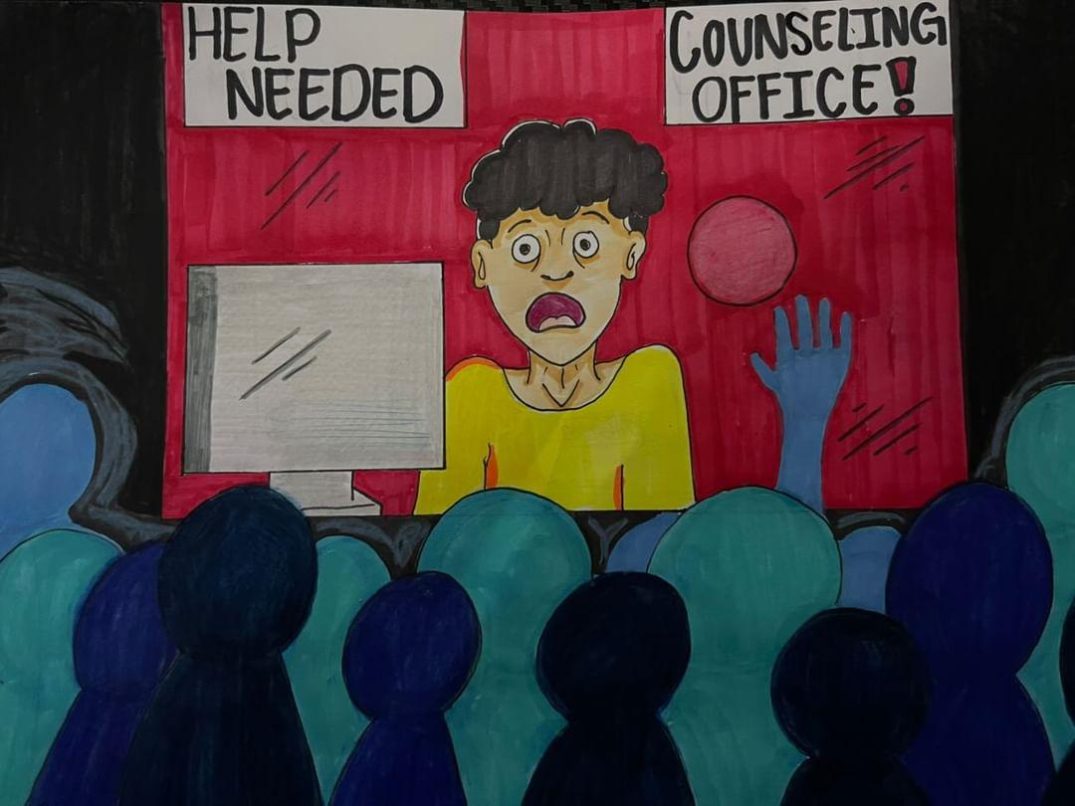Every semester, a common thread in the syllabus for many teachers is the rule of “no phones in class,” but with an increasing amount of educational apps and tools for reference, shouldn’t these tools be used to further our in-class experience?
Yes. They should be taken advantage of.
The growing number of options brought forth by the smartphone is an inevitable convenience for students in the journey to researching and developing for their education.
With apps like iStudiez Pro, I have been able to keep track of class assignments, my GPA, exam scores and a number of reminders that help me to stay on track with my “to-dos,” and that doesn’t even include in-class activities.
Rather than fighting the advancement of the tech revolution, teachers can shift from the pencil-and-paper mindset and create a learning environment cohesive with the thought patterns of our generation.
Along with the rising number of applications on smartphones, there are a growing number of textbooks available in PDF and eBook form at a much cheaper cost than purchasing the physical textbook.
Students who would opt to buy digital versions of their books are being forced to buy bulky and expensive versions of the same information.
Though some students may not own a smartphone, the option to expand the classroom walls into the digital world should be open to everyone.
According to a survey conducted by the Pew Internet and American Life project, as of February 2012, 53 percent of Americans owned a smartphone; this number has surely increased in the past several months.
However, even with the amazing power of technology, there is no replacement for the experience and common sense of professors. Smartphones are just tools to arm students with.
With power comes responsibility. Smart phones should not be a crutch for the lazy, but a boost for the dedicated.
Learning patterns are changing as quickly as the updates on our smartphones.
Integration of technology into our classrooms is a progressive and positive idea.






